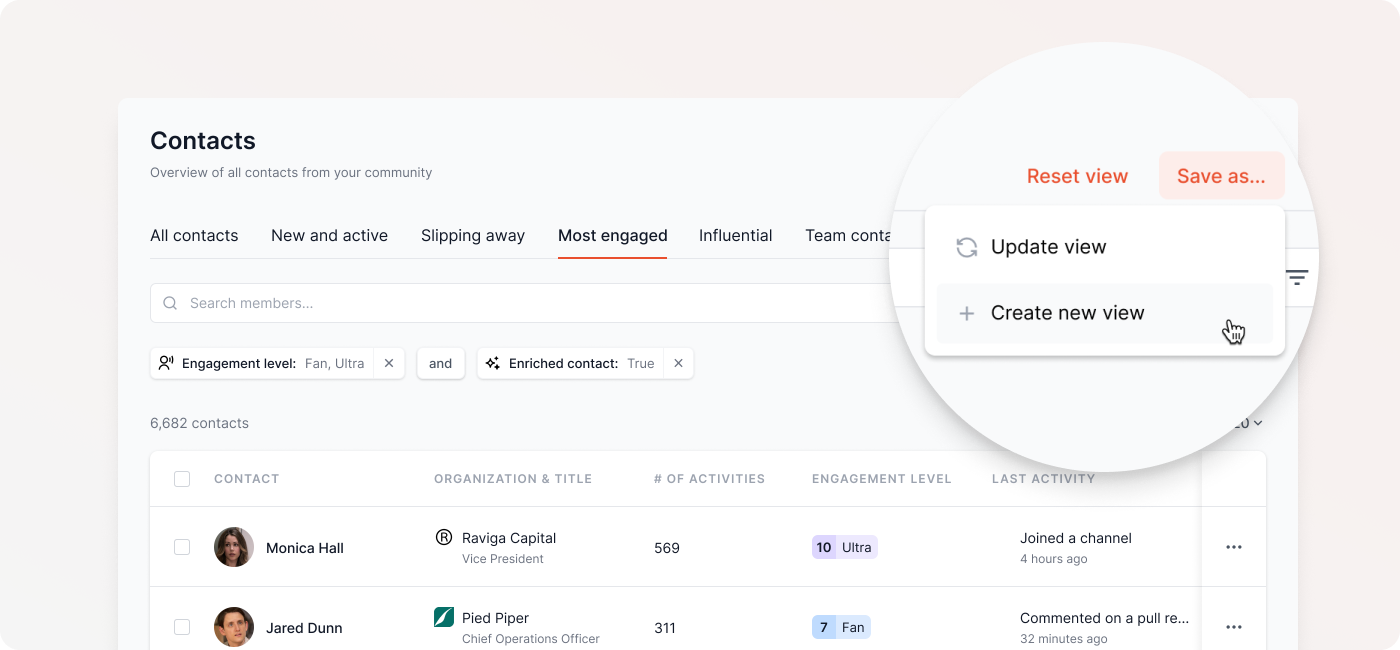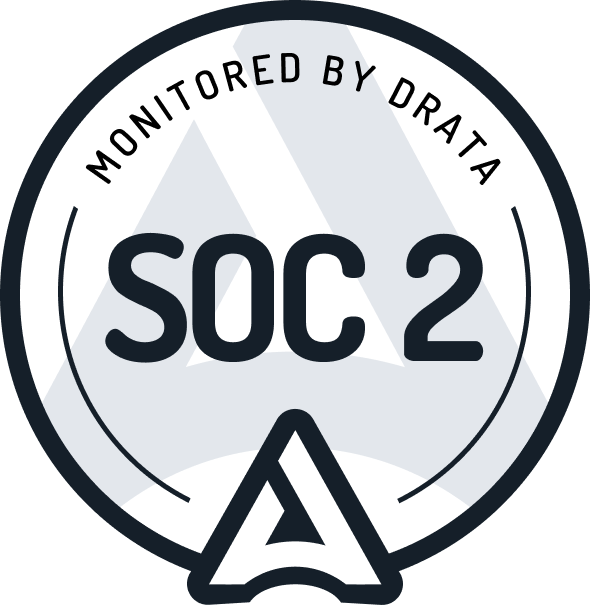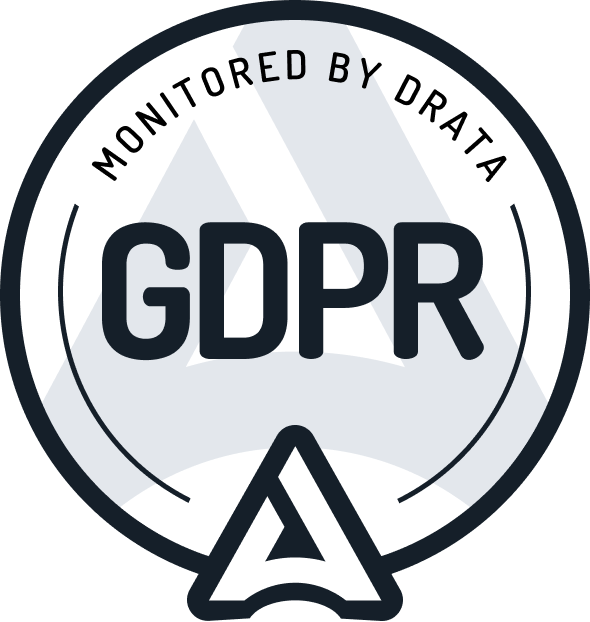
How to automatically send data to HubSpot
Get notified when customers mention you online - with Crowdlens
HubSpot is a popular CRM used by developer tool go-to-market teams to optimize their sales and marketing for qualified leads. However, traditional CRMs like HubSpot weren't built for developer tools and leave a lot of the buyer journey in the dark. It’s important to know which developers are engaging with your brand even before they sign up for your product, and to know what actions they take.
That’s why crowd.dev is a powerful tool to leverage in combination with HubSpot. Together they can equip your go-to-market team with developer purchase intent data, when and where they need it. Leading to a faster sales cycle, more conversion opportunities, and increased customer retention.
Once you have your developer data unified and enriched in crowd.dev, you can create high-signal lists of contacts in HubSpot, and automatically add organizations to HubSpot with our automation feature.
We can send an abundance of developer data from crowd.dev to HubSpot (and vice versa), including:
- Data related to individual developers who have engaged with your product or brand like name, email, job title, engagement level, work experience, open-source contributions, and more.
- Data related to the organizations these individual developers work for, like company name, revenue, company website, and more.
- All the activities a developer has done in relation to your brand and product for example, GitHub stars, Discord messages, HackerNews mentions, and more.
With this data your go-to-market team can do personalized outreach, signal-based selling, and execute faster than ever. This is especially true in the developer tool world, where cold outreach and slow sales cycles kill any chance of adoption. This individual developer adoption and advocacy is key to being able to sell to budget holders.
In this use case blog, we’ll dive into how to get high-intent developer data into HubSpot, we included a video below as well as written instructions below. Before we begin, you will need to ensure HubSpot is connected (see how here).
1. Create a contact list in HubSpot
Before we can create an automation to send contacts to a HubSpot list, we need to create a static contact list in your HubSpot account. To do this, click on the “Contacts” dropdown and select “Lists”. Then click on the “Create list” button in the top right corner. Input a relevant list name,a description, and ensure you select “Static list”. Dynamic lists are managed by HubSpot, and we can’t add contacts to these lists. Once you have done this, click “Next” and then “Save list”. Now we’re ready to head over to crowd.dev and set up our first automation.
2. How to sync contact data in crowd.dev with HubSpot
Now, in your crowd.dev account click on “Automations” at the bottom left of the menu. On this page, you will see all of your active automations in your workspace. Click on “Add automation” in the top right corner and select “HubSpot”. Input a name for your automation, like “Senior developers”. Next, you can choose the trigger and set the desired filters. For example, you can select “Seniority level” and input “senior” as a value. You can also combine multiple filters. When you do this, you can set the logical operator between filters to “Matching all (and)” or “Matching any (or)”. Lastly, we need to select the HubSpot list that we would like to add contacts to. Once you’ve selected a list, click “Add automation”.
crowd.dev will sync the existing contacts that were already conforming to the given filters immediately. Every 8 hours, the sync will happen again, catching the new entities conforming to the filters and also updating already synced contacts again for changed properties.
3. How to sync Organization data in crowd.dev with HubSpot
To set up an automation to sync organizations with HubSpot, click on “Add automation” in the top right corner and select “HubSpot”. Input a name for your automation, like “High intent accounts”. Next you can choose the trigger and set the desired filters. Try combining the “# contacts” with the “# activities” filters, to see large organizations that are active in your ecosystem.
After setting the filters, you can also check the option “Sync all contacts from the organizations matching your conditions criteria”. This will sync all organization contacts found with your given filters to HubSpot. Once you select this, you will need to select which HubSpot contact list to sync them with. Once you’ve selected a list, click “Add automation”.
4. How to monitor your automations
Once your automations are set up, you can view all of the executions. To do this, click on the three dots on the right side of the automation and select “View executions”. Now you will see all of the successful and failed executions.
Wrapping up
We built our automations tool to enable faster speed to market, improved data quality, and ultimately improved outcomes for your efforts. Whilst traditional CRMs like HubSpot are great at managing qualified leads, they are limited in their ability to cater to the developer tool industry. crowd.dev complements HubSpot with more relevant developer data without any manual data entries. This gives your team a full view of their pipeline, easily surfacing high-intent accounts for signal-based selling.
Kern AI leveraged our HubSpot integration to 4x pipeline, close deals 35% faster, and save 8hrs per week. You can read more about this here.
At crowd.dev we’re building the tool to find, enrich and surface developer data. If you would like to learn more about how crowd.dev can benefit you and your go-to-market team, book a call with us here.
Get insights to your inbox.
Once per month. No spam.


.png)





